PP + - new generation plastic
PP + plastic is the right choice for printing strong and durable products resistant to chemical attack and impact force.
Polypropylene (PP +) belongs to non-toxic polymers. It has a very low specific gravity and is therefore three times lighter than PLA plastic. Polypropylene is resistant to abrasion, shock loading and almost no mechanical fatigue.
PP + plastic is waterproof (unlike other hygroscopic plastics), but it is also worth remembering that only dry filament is needed for high-quality 3D printing. Otherwise, when using wet plastic in printing, you will hear the sounds of bursting bubbles when the plastic comes out of the heated nozzle. Numerous dots will be present on the outer surface of the product. And the products themselves, printed from wet plastic, will have delamination of layers at the slightest load, uneven lines on the surface of the product and large holes on the outer surface of the parts.
What is PP + for?
Polypropylene plastic is used for the production of packaging containers (including many solvents and chemically aggressive substances), in the food industry, for the manufacture of sewer pipes, electrical insulation, flexible fasteners, medical devices, car parts, children's toys, household appliances and other consumer goods.
PP + is a good and cheap alternative to PVC (which is toxic), ABS plastic and polycarbonate (more expensive materials). And its most important advantage is that it is recyclable.
PP + in the process of printing
PP + plastic has significantly reduced heat shrinkage, as it is chemically modified polypropylene. This avoids a number of "pitfalls" in 3D printing.
However, a common problem in desktop 3D printing is the lack of high-quality adhesive interaction (adhesion) of the bottom layer of the reproduced product to the 3D printer platform. This leads to deformation and even delamination of the lower layers of the product. To avoid this, it is enough to stick polypropylene packing tape on the platform, since polypropylene adheres well only to polypropylene. The adhesive tape must be glued very carefully without wrinkles and air bubbles.
It is also recommended to use rafts (substrates), which will increase the area of contact with the working surface, and therefore reduce the likelihood of twisting or detaching the product from the table. If the opposite problem arises - the seizure of the model with scotch tape and the inability to tear them apart, then a printout on a wide raft will make it possible to separate the auxiliary structure along with the scotch tape.
Performing the shaping
Painting products made of polypropylene is impractical, since even with a slight deformation, the paintwork will crack and deform.
Products made of polypropylene lend themselves well to drilling, milling and grinding, but it must be remembered that the softening temperature of polypropylene is +95°C (do not exceed it when machining the product).
You can now order PP + products using automatic costing systems or buy plastic PP +.

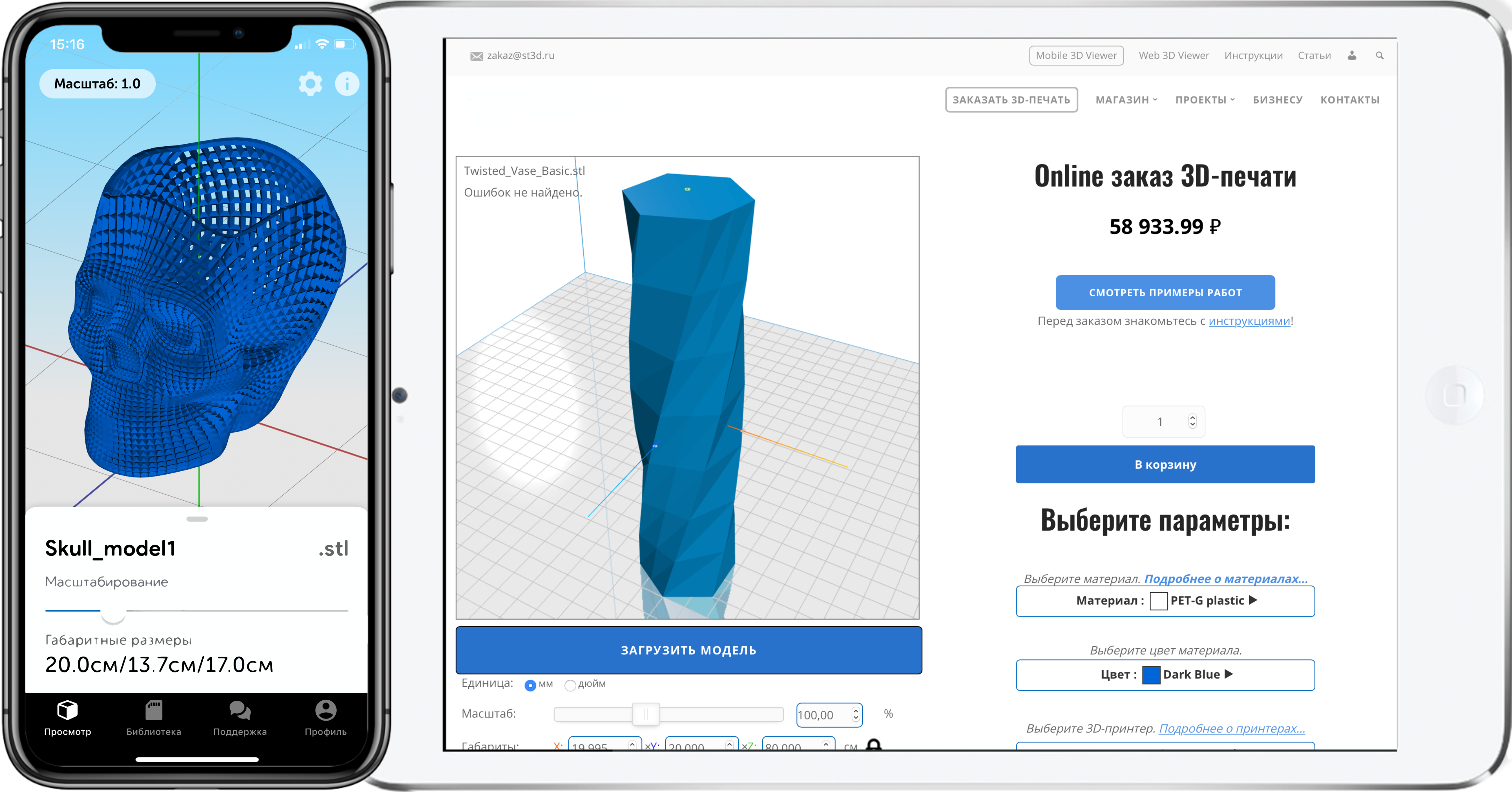



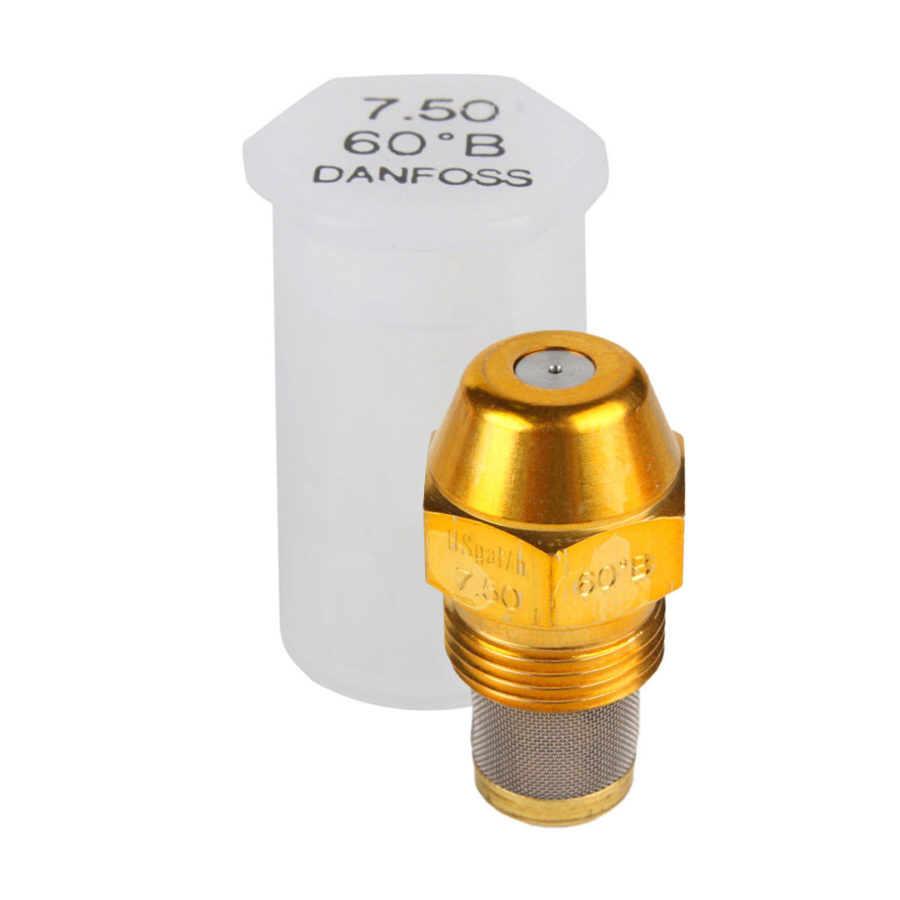
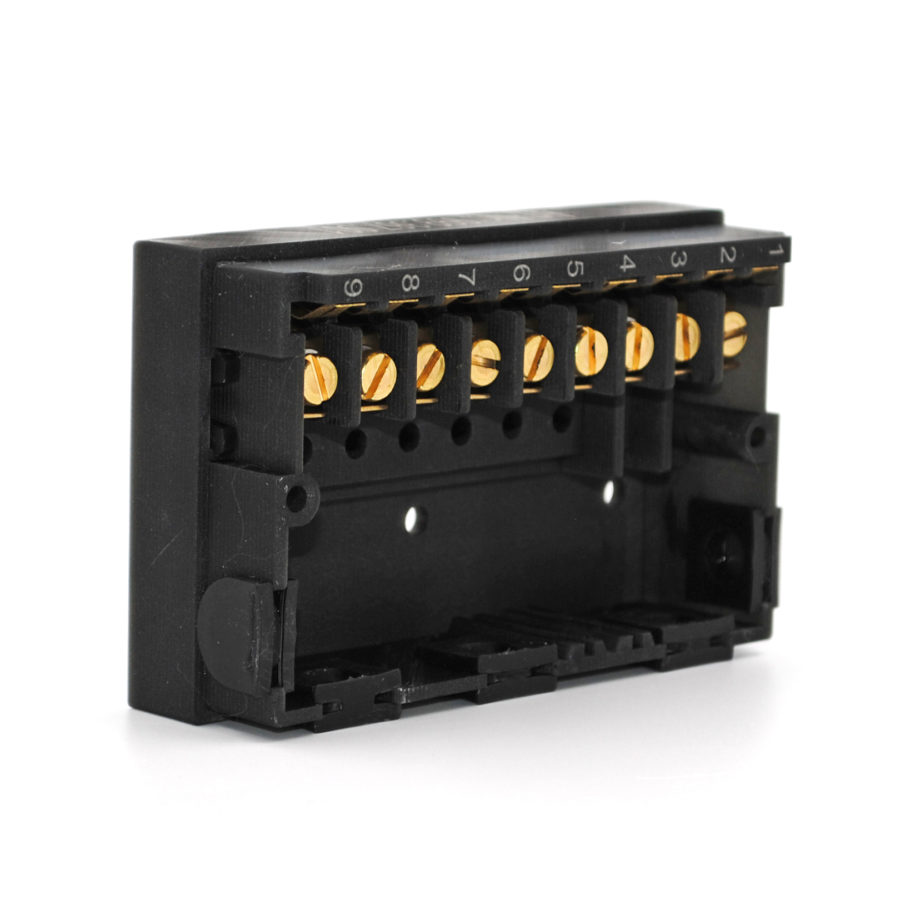
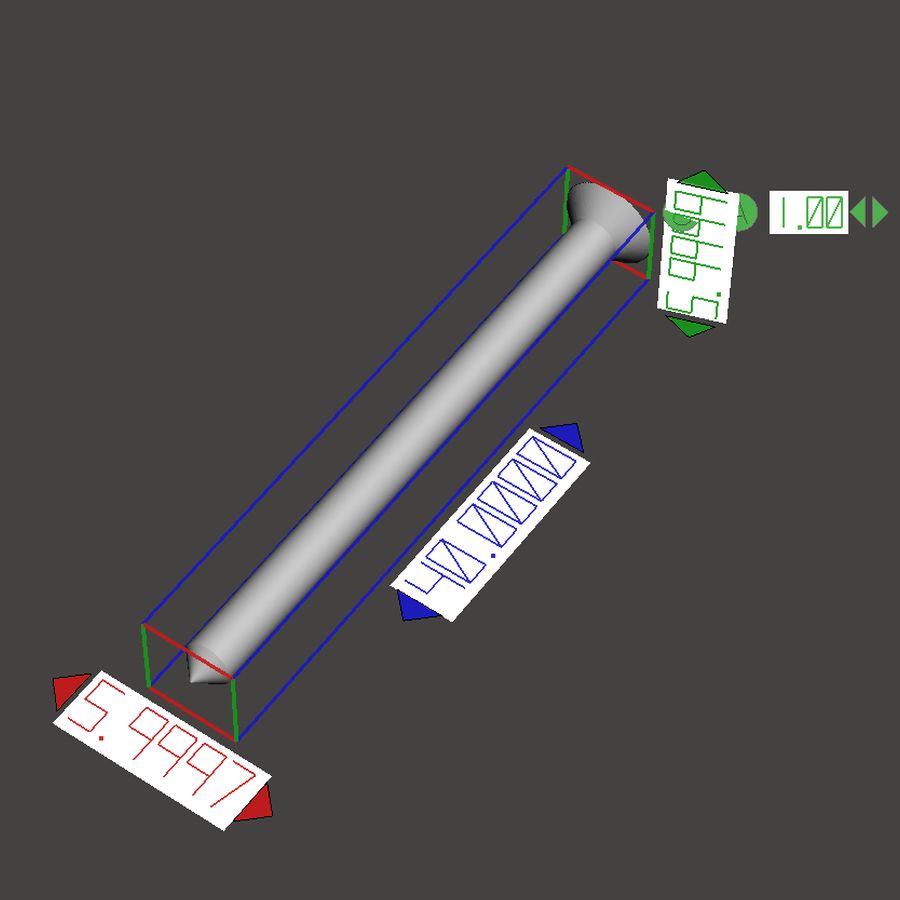
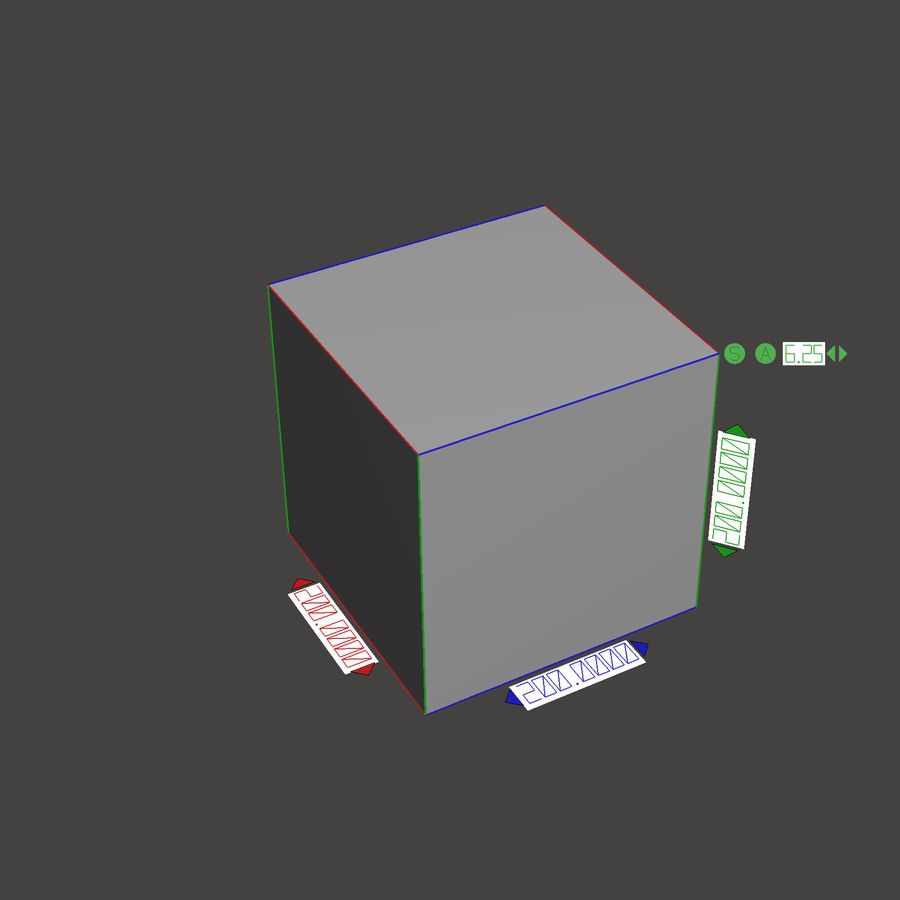
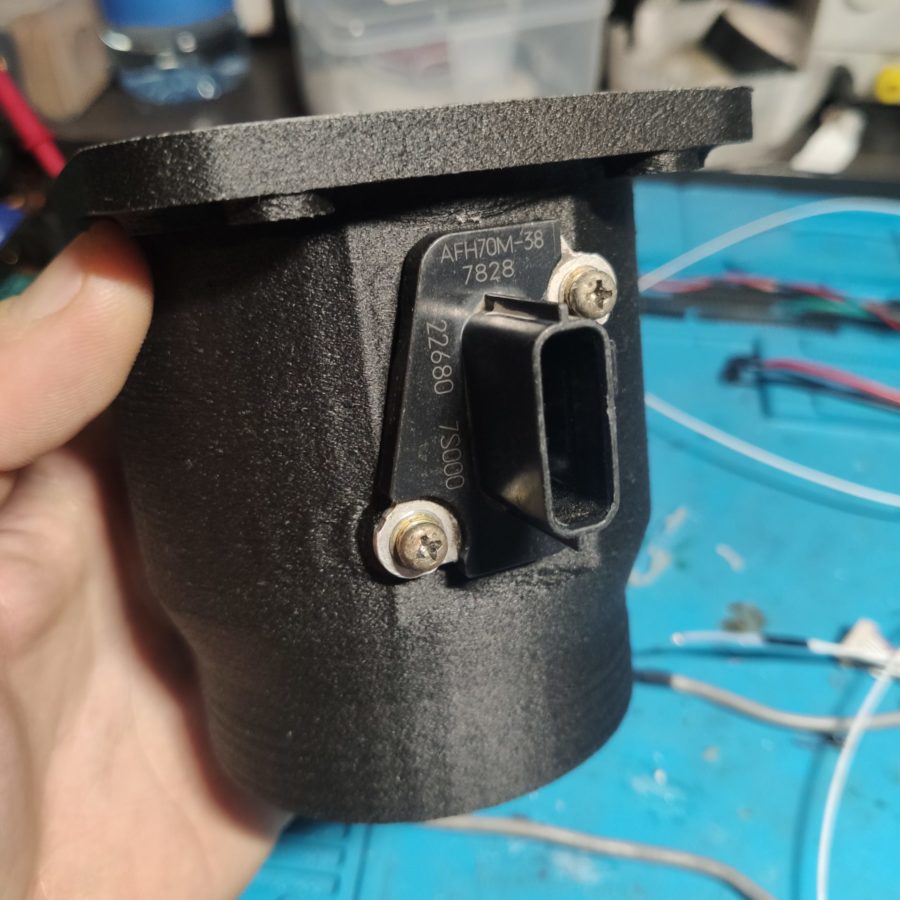
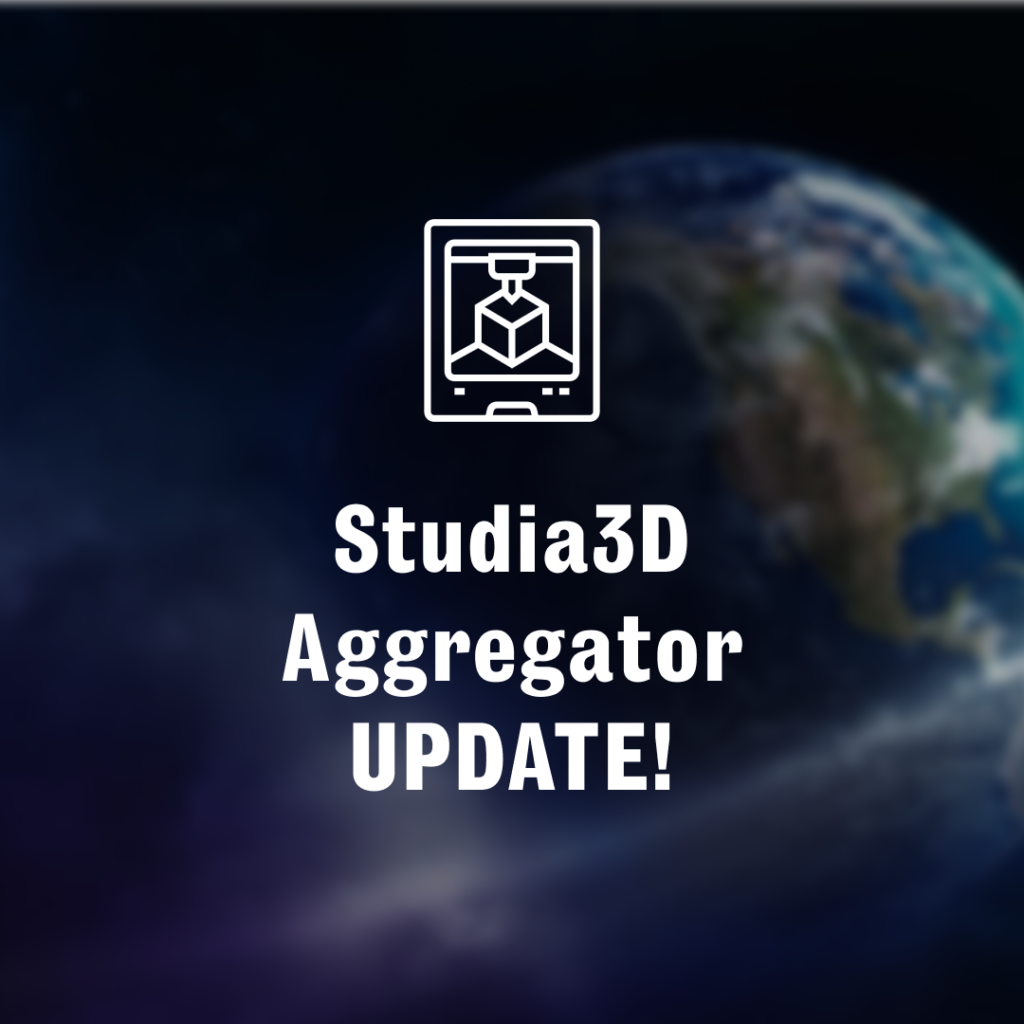
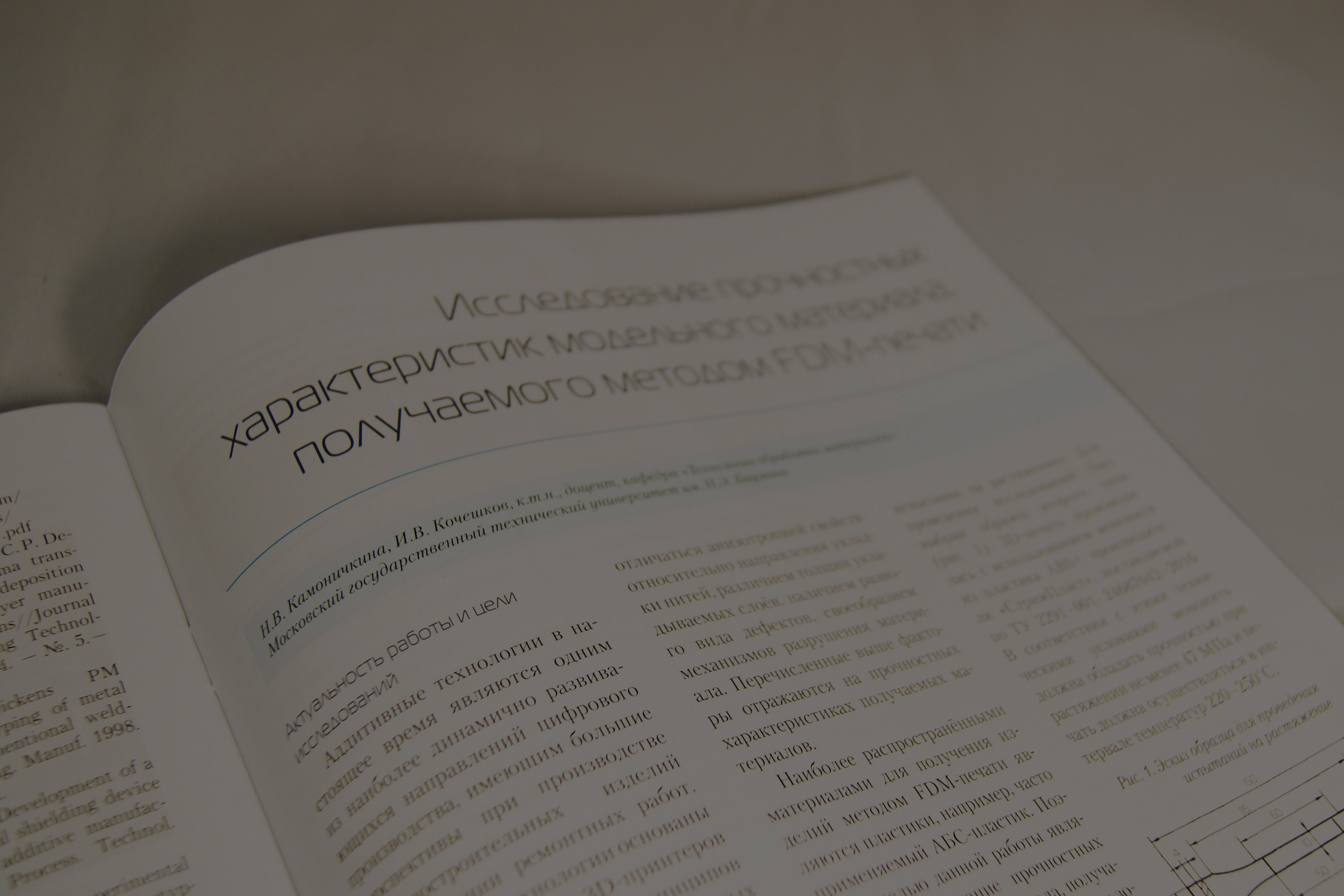
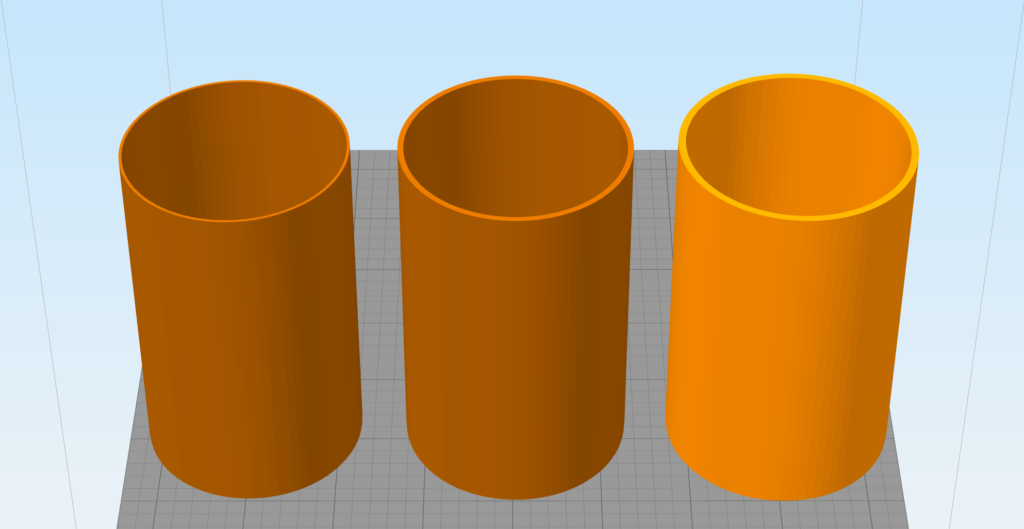
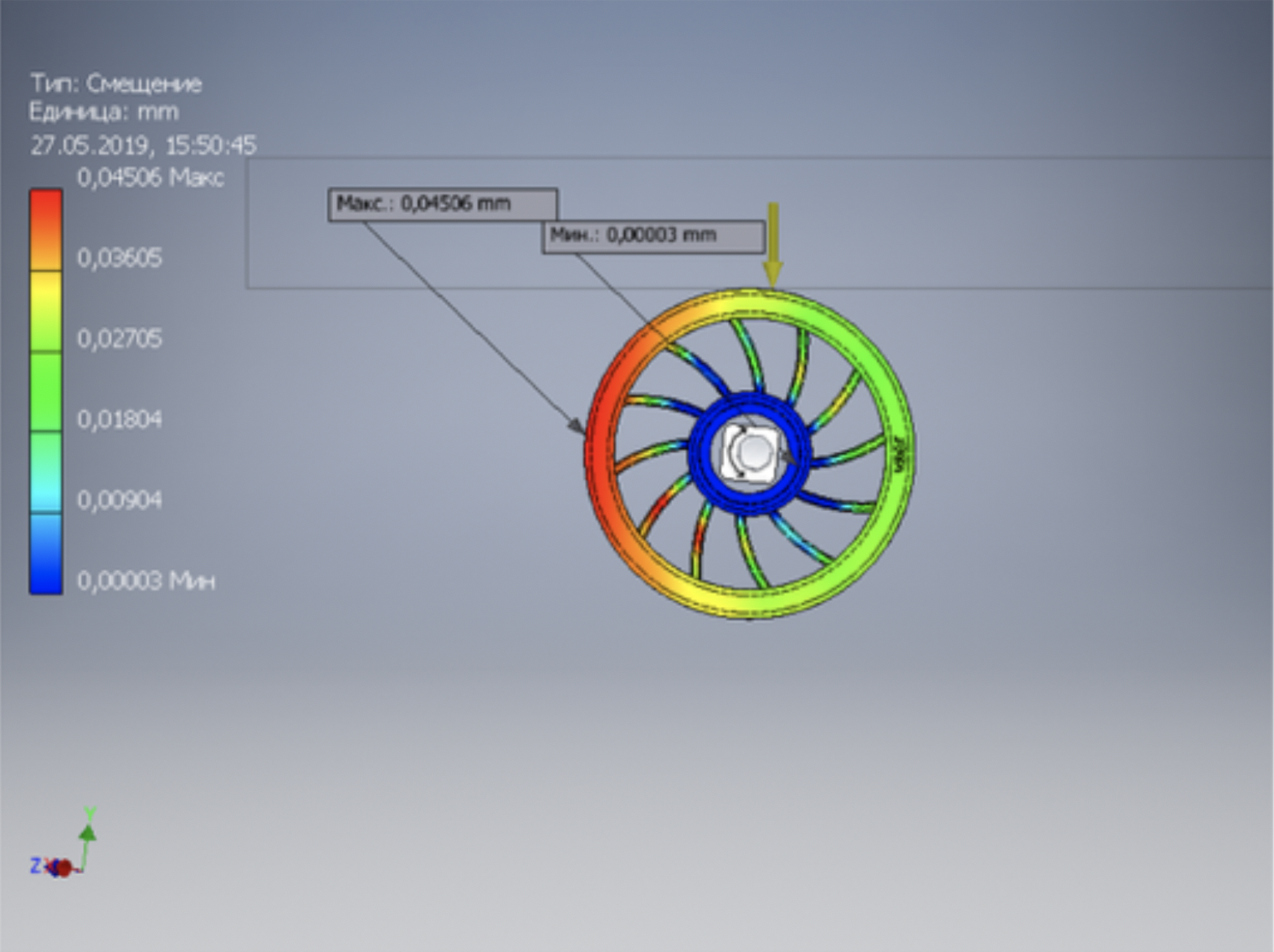
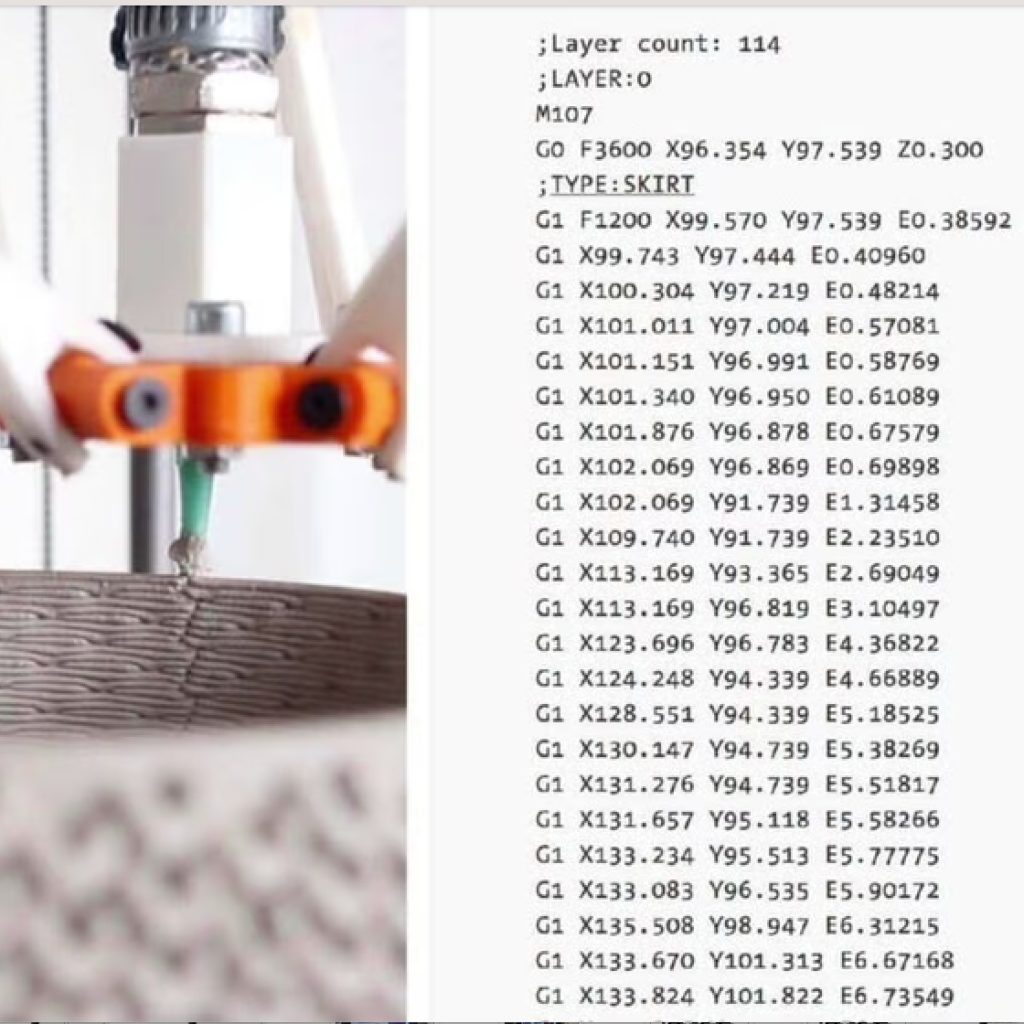

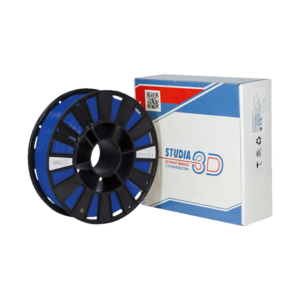
Author: PR-service Studia3D
More articles from PR service Studia3D